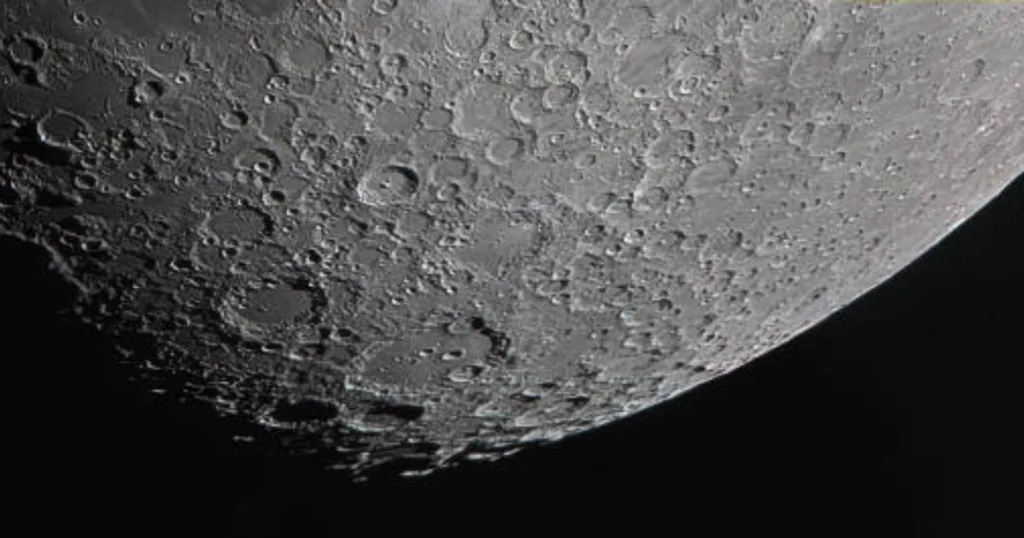Introduction:
How long was Apollo 11 on the moon: Embarking on an otherworldly adventure that captured the imagination of millions, Apollo 11 marked a historic moment in human history by successfully landing on the moon. As we delve into the details of this awe-inspiring mission, one burning question arises: How long did Apollo 11 spend on the lunar surface?
↓How long was Apollo 11 on the moon↓
The Moon Landing:
Apollo 11, the first manned mission to the moon, touched down on the lunar surface on July 20, 1969. Astronauts Neil Armstrong and Buzz Aldrin became the first humans to set foot on the moon, while Michael Collins orbited above in the command module.
Exploring Tranquility Base:
Armstrong and Aldrin spent approximately 21 hours on the moon’s surface during the mission. The lunar module, named Eagle, landed in the southwestern part of the Sea of Tranquility, a flat and smooth plain chosen for its relatively safe and level terrain.

Choosing Tranquility Base:
Selecting a suitable landing site for Apollo 11 was a meticulous process. NASA’s mission planners sought a location with a smooth and level surface to ensure a safe descent and landing. After careful consideration, Tranquility Base, located in the southwestern part of the Sea of Tranquility, fits the criteria perfectly. The relatively flat terrain minimized the risks associated with the landing, allowing the astronauts to focus on their mission objectives.
Touchdown on the Moon:
On July 20, 1969, at 20:17 UTC, the lunar module Eagle descended to the lunar surface. The world held its breath as Neil Armstrong skillfully piloted the spacecraft, making a precise landing at Tranquility Base. The chosen site not only provided a secure touchdown but also offered a breathtaking panoramic view of the moon’s desolate landscape.
The First Steps:
About six hours after landing, Armstrong descended the lunar module’s ladder and uttered the famous words, “That’s one small step for [a] man, one giant leap for mankind,” as he set foot on the moon’s surface. Buzz Aldrin joined him shortly after, and together, they embarked on humanity’s first extraterrestrial exploration.
Lunar Exploration Activities:
Armstrong and Aldrin spent a total of approximately 2 hours and 15 minutes outside the lunar module, conducting a series of experiments, collecting soil and rock samples, and setting up scientific instruments. Their activities included deploying the American flag, taking photographs, and even making a call to then-President Richard Nixon.
The Overlooked Details:
While the monumental “first steps” rightly captivated the world, the details of the lunar exploration reveal the astronauts’ dedication to scientific discovery. They deployed the Early Apollo Scientific Experiments Package (EASEP), which included a seismometer to measure moonquakes and a laser reflector for precise distance measurements. These experiments laid the groundwork for future lunar missions and expanded our understanding of the moon’s geology.
Farewell to Tranquility:
After bidding adieu to Tranquility Base, the ascent stage of the lunar module lifted off from the moon at 17:54 UTC on July 21, 1969. The successful rendezvous with the command module, piloted by Michael Collins, marked the end of their lunar adventure, and the astronauts began their journey back to Earth.
Legacy of Tranquility Base:
Tranquility Base stands as a testament to human ingenuity, determination, and the unquenchable thirst for exploration. The memories of those hours spent on the moon linger, inspiring current and future generations to push the boundaries of what is possible. As we reflect on the exploration of Tranquility Base, we celebrate not only the historic achievement of Apollo 11 but also the enduring spirit of curiosity that propels us to reach for the stars.
The Exact Timeline:
Let’s break down the timeline of Apollo 11’s lunar exploration:
1. Landing: The lunar module touched down at 20:17 UTC on July 20, 1969.
2. EVA (Extra-Vehicular Activity): The astronauts began their moonwalk, or EVA, about six hours after landing. Neil Armstrong took the first historic step onto the moon’s surface at 02:56 UTC on July 21, 1969, with Buzz Aldrin following shortly after.
3. Moonwalk Duration: Armstrong and Aldrin spent a total of about 2 hours and 15 minutes outside the lunar module, conducting experiments, collecting samples, and deploying scientific instruments.
4. Lift-off from the Moon: The ascent stage of the lunar module lifted off from the moon at 17:54 UTC on July 21, 1969.
5. Reunion in Lunar Orbit: After a successful rendezvous, the lunar module docked with the command module, reuniting the three astronauts. They then began their journey back to Earth.
Conclusion:
In just over 21 hours, Apollo 11 made an indelible mark on history, proving that humanity could reach beyond the confines of Earth and explore the mysteries of space. The short duration of the lunar visit may seem brief, but the impact of those hours reverberates through time, symbolizing the triumph of human curiosity, ingenuity, and the unquenchable desire to explore the unknown. As we continue to look to the stars, the legacy of Apollo 11 inspires us to reach new heights and push the boundaries of what is possible
